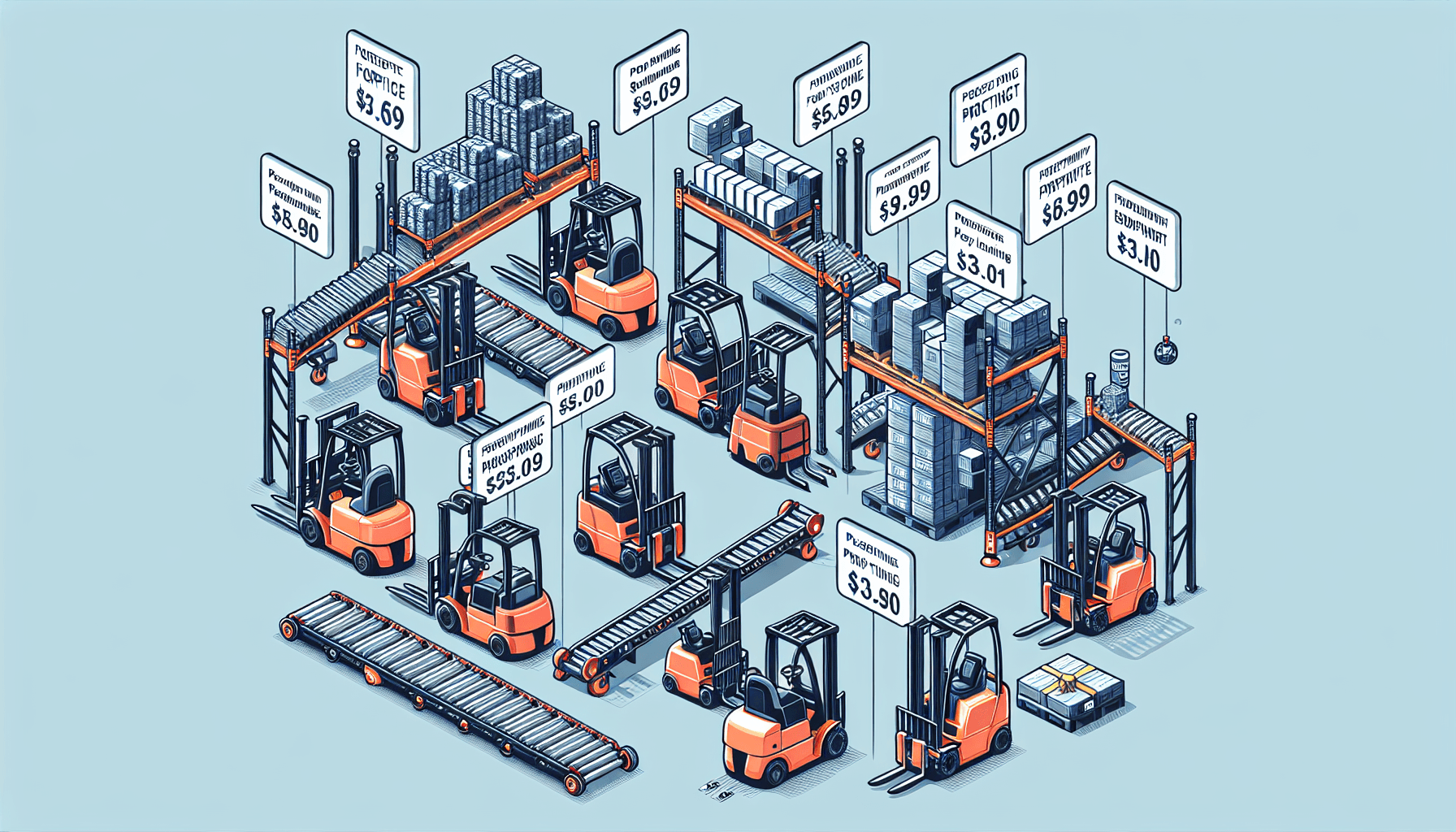When it comes to running an efficient warehouse, choosing the right material handling equipment (MHE) is crucial. The right equipment can greatly enhance safety, productivity, and cost-effectiveness within your warehouse operations. However, with so many options available in the market, how do you decide which MHE is the best fit for your budget? In this article, we will guide you through the process of choosing the best MHE for your budget.
Evaluate Your Warehouse Needs and Requirements
The first step in selecting the right MHE for your budget is to evaluate your warehouse needs and requirements. Take a close look at your existing warehouse operations and determine what challenges you currently face. Do you need equipment for lifting heavy loads, stacking pallets, or transporting goods? Are there any specific safety requirements or regulations that need to be considered? By understanding your specific needs, you can narrow down your options and focus on the MHE that will solve your warehouse challenges.
Consider Your Budget
Once you have identified your warehouse needs, it’s time to consider your budget. Determine how much you are willing to invest in material handling equipment. This will help you set realistic expectations and prioritize your options. Keep in mind that while cost is important, it’s essential to consider the long-term value and return on investment (ROI) provided by the equipment. Investing in higher-quality equipment upfront may save you money in the long run by reducing maintenance and replacement costs.
Research Different Types of MHE
Now that you have a clear understanding of your needs and budget, it’s time to research different types of MHE available in the market. There are various types of equipment designed to handle different tasks in the warehouse, such as forklifts, pallet jacks, conveyors, and automated guided vehicles (AGVs). Each type of equipment has its own advantages and limitations, so it’s important to explore all the options and consider how they align with your warehouse requirements.
For example, if your warehouse requires heavy lifting of pallets, a forklift may be a suitable option. On the other hand, if you need to transport goods efficiently between different areas of your warehouse, an AGV might be a better choice. Researching and understanding the capabilities of each type of MHE will help you make an informed decision.
Consider New vs. Used Equipment
Another factor to consider when choosing the best MHE for your budget is deciding between new and used equipment. While new equipment may be more expensive upfront, it often comes with warranties and the latest technological advancements. On the other hand, used equipment can be a more cost-effective option, especially if your budget is limited. However, when considering used equipment, it’s important to thoroughly inspect its condition, maintenance history, and lifespan to ensure that it can meet your requirements.
Consult with Warehouse Optimization Experts
Choosing the right MHE for your budget can be a complex decision. To ensure you make the best choice, it’s advisable to consult with warehouse optimization experts like HCO Innovations. They have extensive experience in evaluating warehouse needs and recommending the most suitable equipment based on your budget and requirements. Their expertise can help you make an informed decision and maximize the efficiency of your warehouse operations.
With the right material handling equipment in place, you can optimize your warehouse operations and improve productivity while maintaining a safe working environment. So, take the time to evaluate your needs, consider your budget, research different types of MHE, and seek guidance from experts. Investing in the right MHE is an investment in the success of your warehouse.
If you’d like to learn more about material handling equipment management, visit HCO Innovations for expert guidance and a wide range of warehouse optimization solutions.

